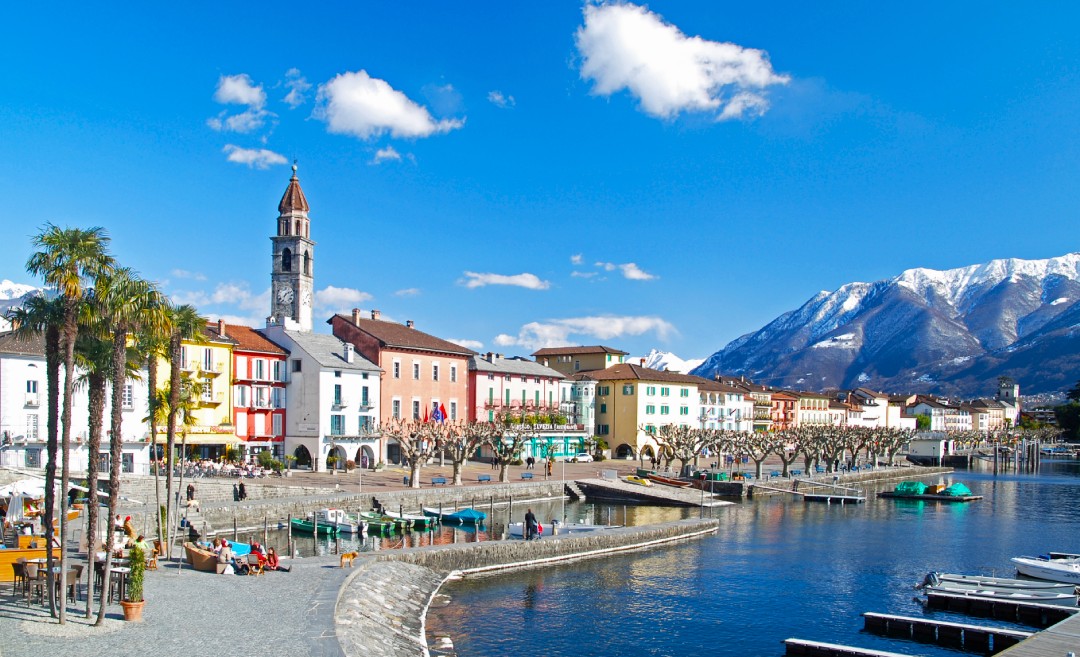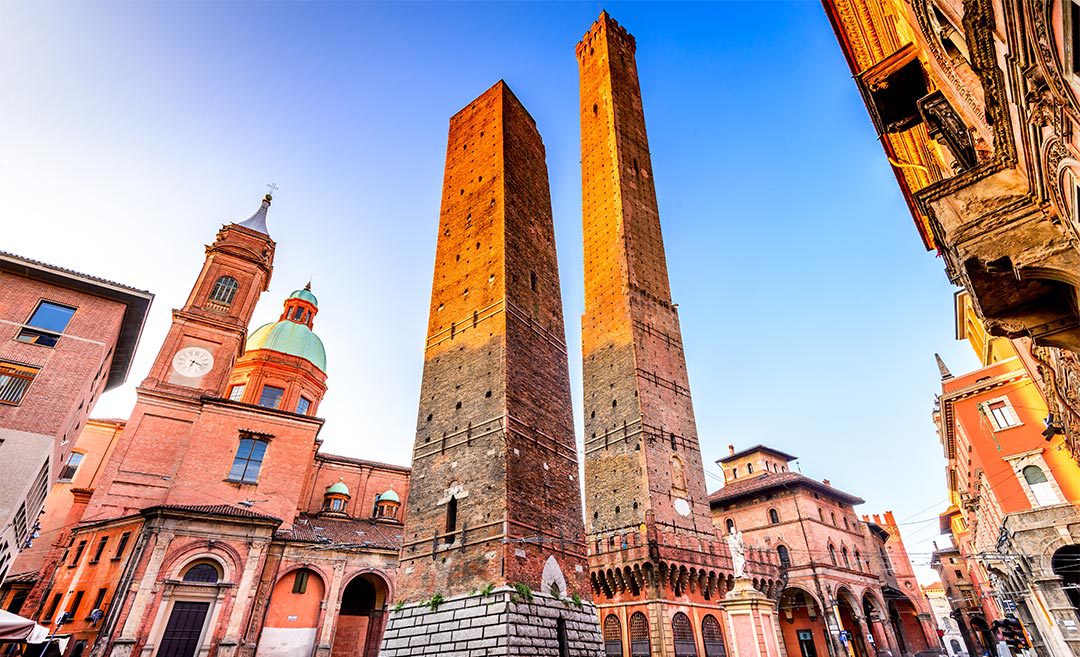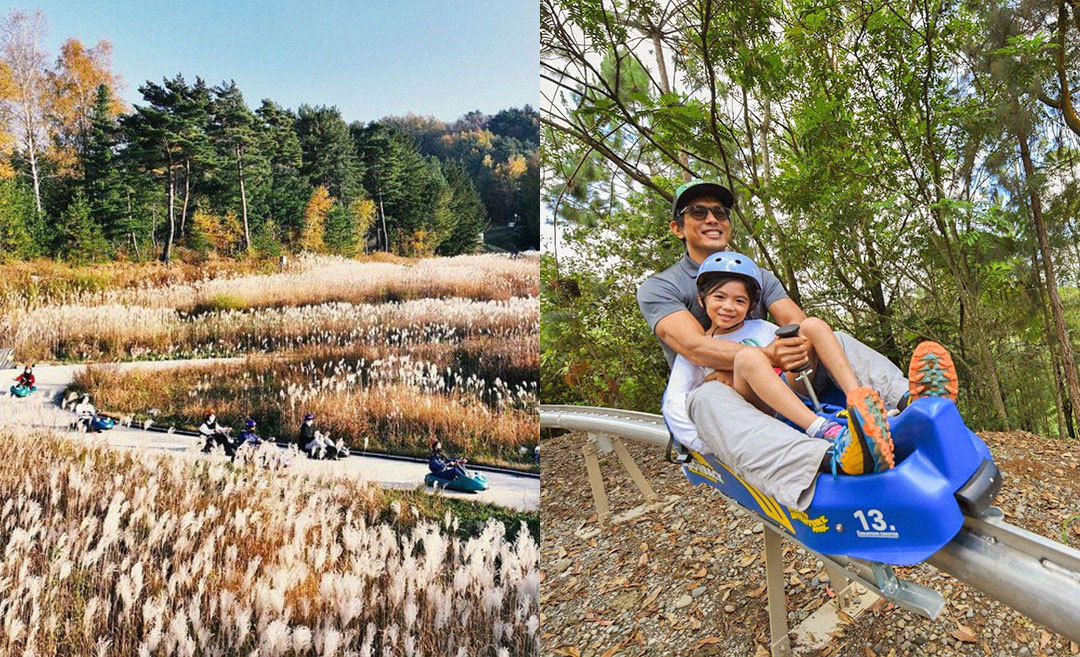Ticino is the most Italian of all the 26 Swiss cantons or provinces, and visitors to this picturesque part of Switzerland could be confused if they thought they were in Italy. Most locals speak Swiss Italian, wayfinding signs are mostly written in Italian, restaurants list Italian dishes, and the wines are as Italian as Chianti and Spumante.
None of this is surprising as Ticino borders Italy; Milan is closer than Bern, the Swiss capital and the two neighbours have been trading for centuries. Ticino is the only Swiss canton located south of the Alps.
Switzerland is one of Europe’s most visited countries, but its various cantons are very different, as I discovered in my recent travels through Ticino.
The castles of Bellinzona
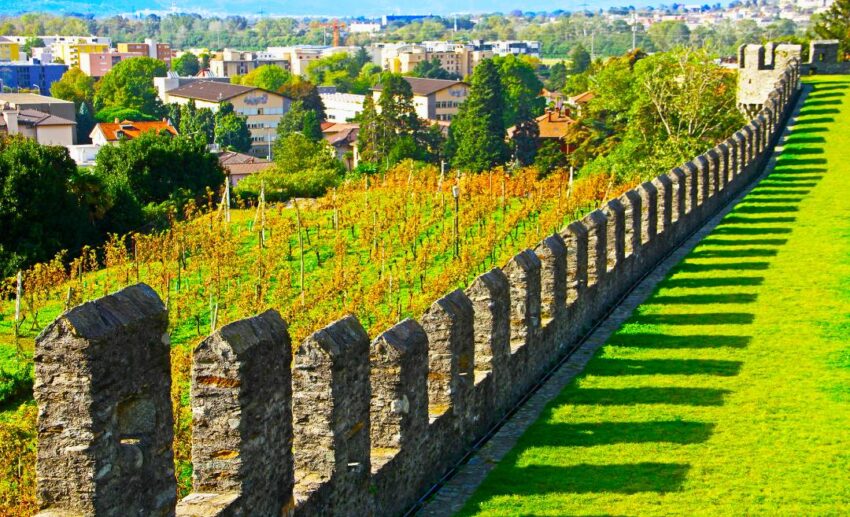
Bellinzona, the capital of Ticino, is where the UNESCO World Heritage Site of Castelgrande stands guard over the route linking Italy with southeastern Switzerland. This route has provided a vital link between southern and northern Europe, and the grand castles overlooking the town of just 44,000 residents are testimony to the town’s strategic location.
Goods have been transported through Bellinzona for centuries, and the Dukes of Milan established the three impressive castles to defend the route traversed by merchants shipping goods between the north and south. Tolls and taxes were imposed, and Bellinzona became a wealthy and vibrant town.
In the early days, these goods were transported across the strategic passes of the towering Alps. Starting with the Gotthard Pass in 1882, tunnels now burrow their way through the Alps, making transport and communications easier and faster.
Riding the Swiss railways
The railway is the preferred mode of transport for most visitors to Switzerland, and a Swiss Travel Pass is the best way to get around. I arrived on SWISS at Zurich Airport at dawn after flying from Singapore. The railway station is located immediately below the airport terminal and is just a short journey to Zurich’s main railway station.
I was keen to catch a EuroCity train operated by SBB direct from Zurich Main Station and heading to Milan in northern Italy, although I could have taken several other less direct trains. The sun had risen, and the scenery along the way was brilliant up until the high-speed train entered the Gotthard Base Tunnel, and then my world turned black. At 57 kilometres, this is the world’s longest railway tunnel and, naturally, without a view.
However, I was reunited with the picturesque scenery once the train emerged from the darkness. The tunnel passes beneath the Swiss Alps, and when it emerges in Ticino, the scenery looks more Mediterranean than in other parts of Switzerland. Tropical plants like palms flourish here; the platform signs are all Italian, and I soon discovered that the Ticino lifestyle has more dolce vita.
Exploring bellissimo Bellinzona
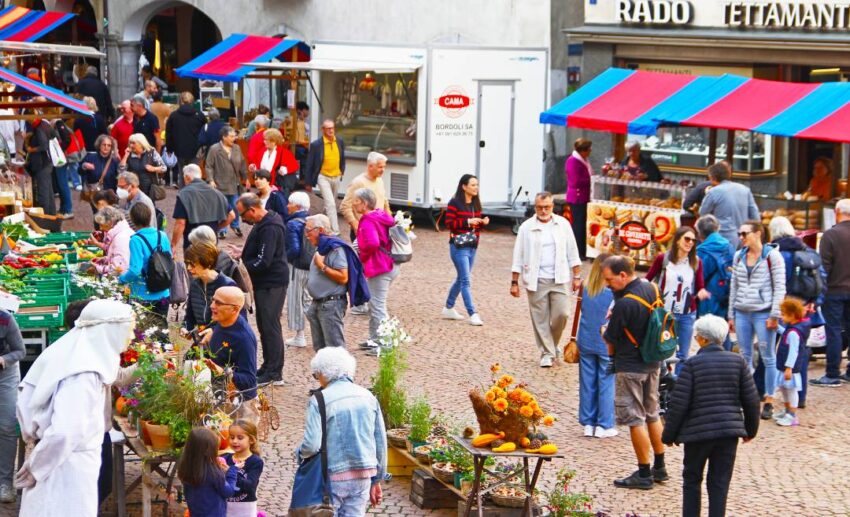
I have a soft spot for a UNESCO World Heritage Site, so the opportunity to alight in Bellinzona and tour the old castles was not to be missed. My accommodation, Hotel and SPA Internazionale, was just metres from the station, and after a long flight and rail journey, it was a most welcomed sight.
Showered and refreshed, I stepped into a crisp Bellinzona autumn morning. I liked the scale of the town as it was walkable, and had little traffic. It was a short walk to the Castelgrande, perched on a rocky knoll above the town’s main piazza. There was no charge to explore the expansive and well-preserved castle, and from its highest point, I was able to get my bearings for the town below.
After a restful night’s sleep, I headed off to explore the town on foot. Being a Saturday, a market had been set up around the main square, and it was bustling by the time I arrived just after breakfast. Local estates had wines to sample, cheese producers had a wondrous selection, and there were other delights like salami, sausages, chestnuts, and polenta. I was impressed that most of the people appeared to be locals and that the market was a time to gather, chat, meet up, and enjoy coffee on the piazza.
My walk through some parts of the compact town was like a journey back to the Middle Ages, as I appreciated how its role as a market town remained much the same as it had for centuries.
Ticino’s lakeside retreats
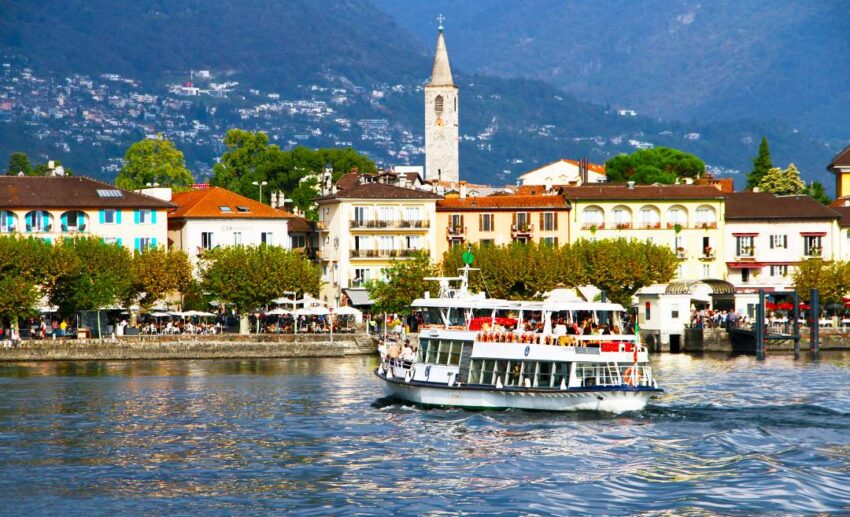
Ticino’s other main tourist towns are the lakeside resorts of Lugano, Ascona, and Locarno. These towns have been popular holiday destinations with Swiss and Italian tourists for a long time. In the warmer months, visitors enjoy coffee, gelato, and conversation in open-air cafés along the promenades that line lake foreshores.
The garden city of Lugano sprawls around the Swiss side of Lake Lugano, the town centre lined with narrow streets and laneways accessed from the train station via a short downhill walk or a funicular railway. Lake Lugano Art and Cultural Centre is a striking building beside the lake; its art displays are as significant.
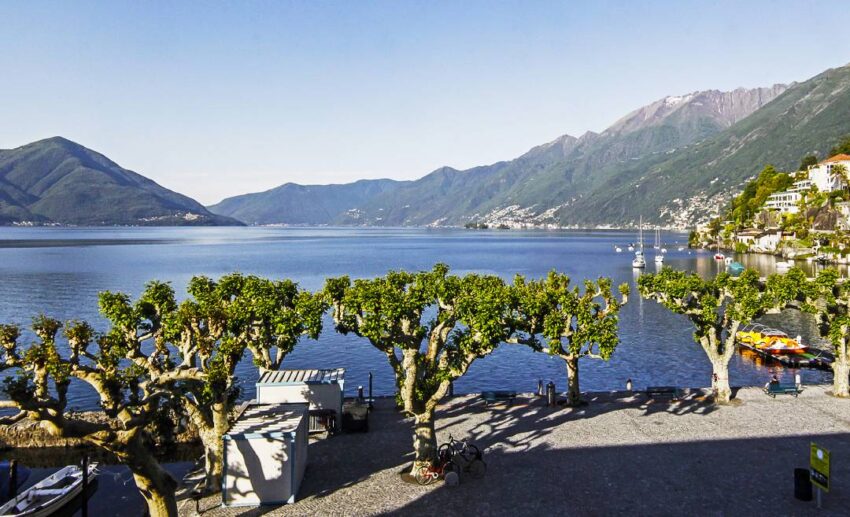
Locarno is located beside Lake Maggiore, which continues down into Italy. It is well known for its festivals, cinema, and music with Estival Jazz, which is well attended in the summer months. Piazza Grande is where festivals like the Locarno Film Festival, Moon&Stars, and Locarno On Ice are staged. The scenic train through 100 valleys (Centovalli) departs from Locarno and heads through Switzerland and Italy to Domodossola.
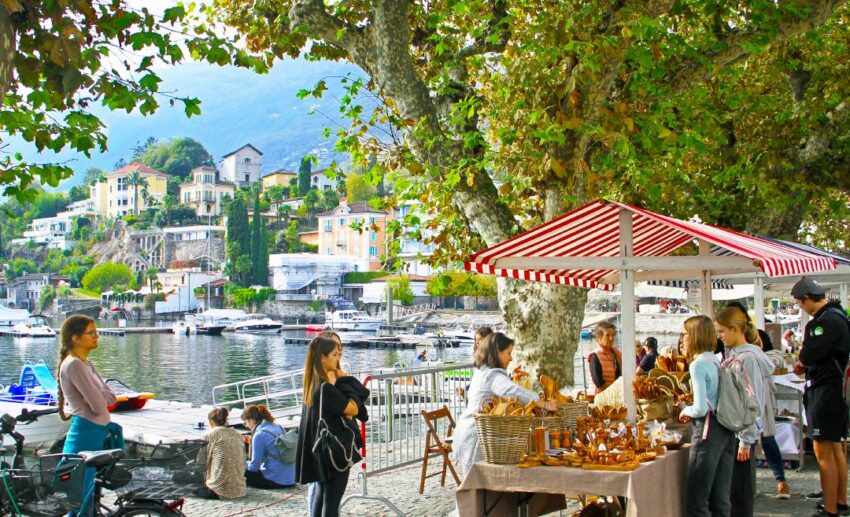
Ascona, on the northern shores of Lake Maggiore, is a most appealing holiday town with a lifestyle that is best described as Mediterranean, despite being a long way from the sea of the same name. Its narrow streets and alleyways are crammed with boutiques, cafés, and restaurants, and events such as the Chestnut Festival are staged along the lakeside promenade in October.
Delizioso Ticino food
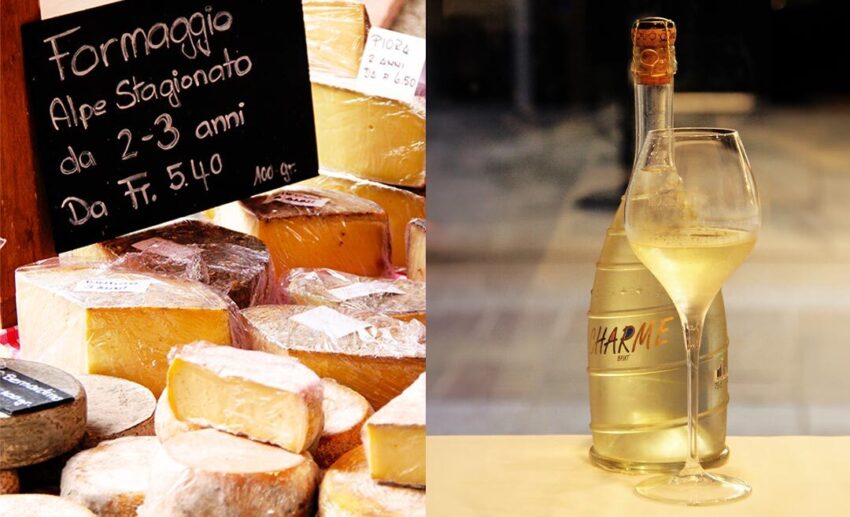
The region has been carefully shaped by the locals who have made the very best use of the resources and products at hand. Italian-inspired cuisine dominates with rice, normally associated with the tropics, growing here to its northernmost extent. This is possible as the canton is on the southern side of the Alps, where the sun shines more than in most other parts of Switzerland.
Pizza, risotto, and polenta are commonly listed on local menus, while gelato is the crowd-pleasing treat served all over Ticino. An exciting dining option in Ticino is in traditional grottos such as Grotto Broggini or Grotto Baldoria. Most restaurants use local produce and pour wines of the region (mostly red and white Merlot), produced on estates like Terreni alla Maggia Farm or Vini e Distillati Delea Angelo. Restaurants like MoAn in Bellinzona can arrange a wine tasting for small groups, and with 3,600 local winemakers, the selection is extensive. Nocino, or walnut brandy, is another local delight to seek out.
My favourite Ticino restaurant was Osteria Nostrana, midway along the Ascona waterfront promenade. A wood-fired pizza oven is positioned in the interior, and a team of two turned out pizza with great speed. I chose a calzone that was big enough for two and ended the meal with hot chocolate. The waiter asked if I wanted Swiss or Italian-style chocolate and I took his advice on having Italian. This turned out to be liquid chocolate and the richest and most delicious hot beverage I have had for many years.
Visiting Ticino reminded me that holidays are a mental state to reflect, take one’s time, and indulge. Make sure to include Ticino on your next Switzerland itinerary to soak up a setting where Swiss excellence meets Mediterranean passion.
Quick travel tips
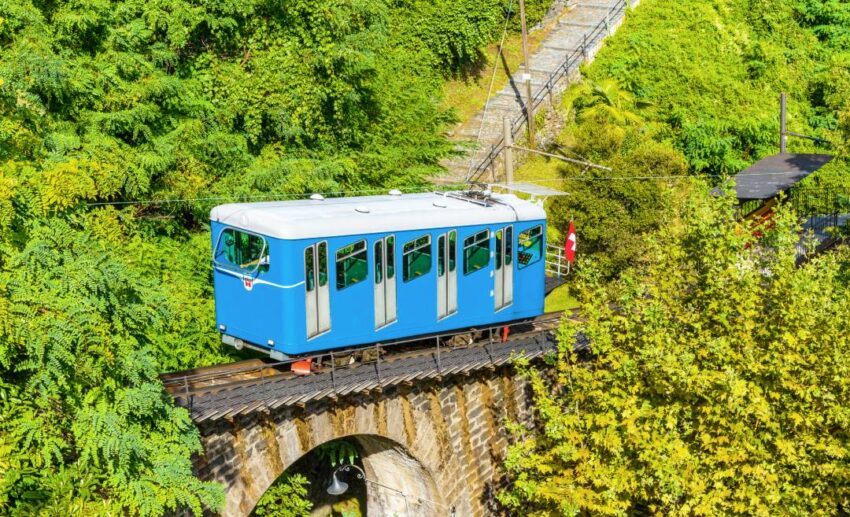
Getting there: Fly on SWISS from Singapore to Zurich via a connecting flight from Kuala Lumpur.
Getting around: Switzerland’s rail system is without equal, and its extensive network of trains, buses, and ferries is the best way to travel around Switzerland. Visitors can access virtually every part of the country with precision timing. The Swiss Travel Pass is the recommended way to travel around, as it offers unlimited travel options.
For more information, visit Switzerland Tourism or Ticino Tourism.
*All images are by the author unless stated otherwise.

